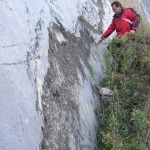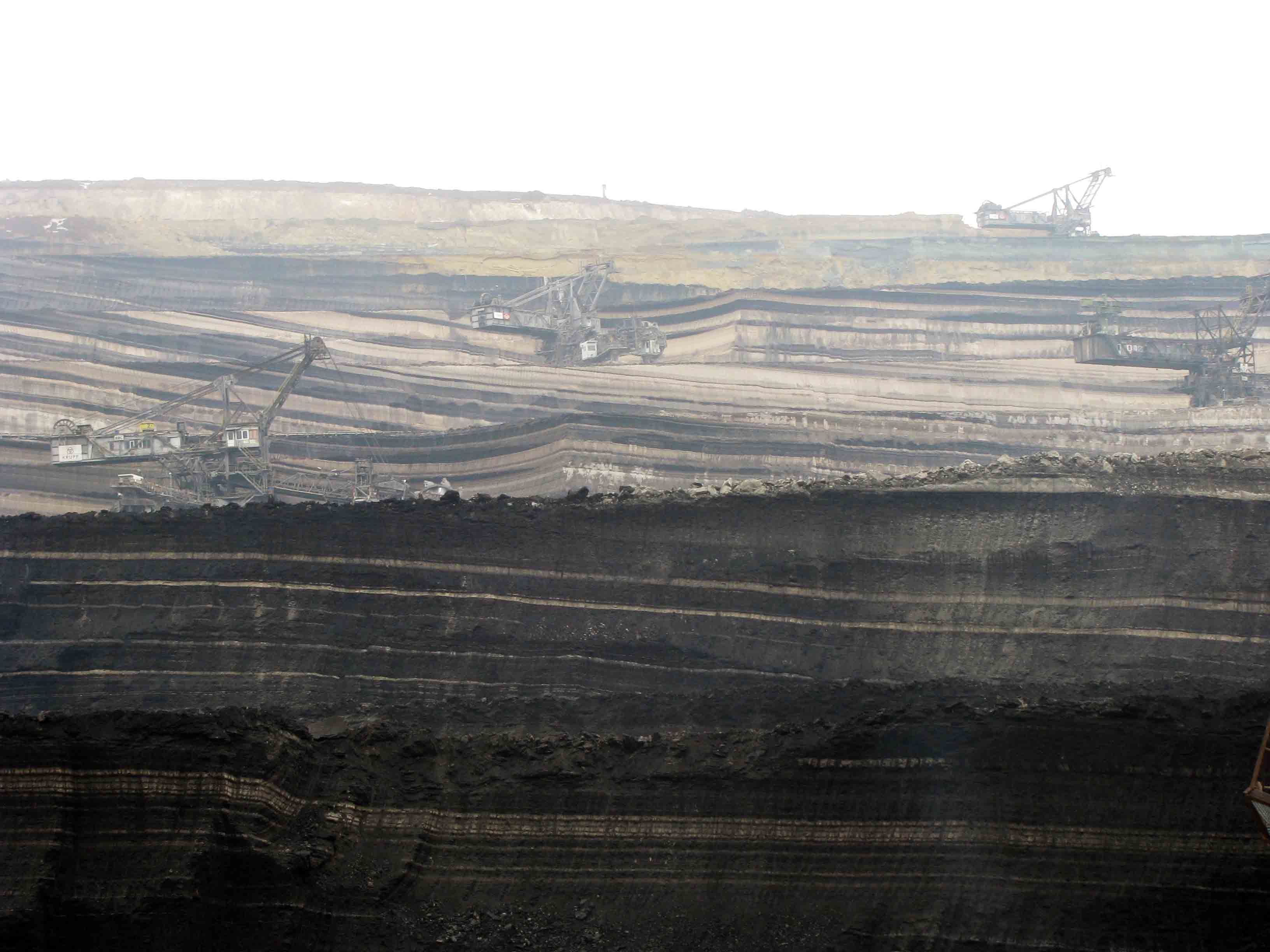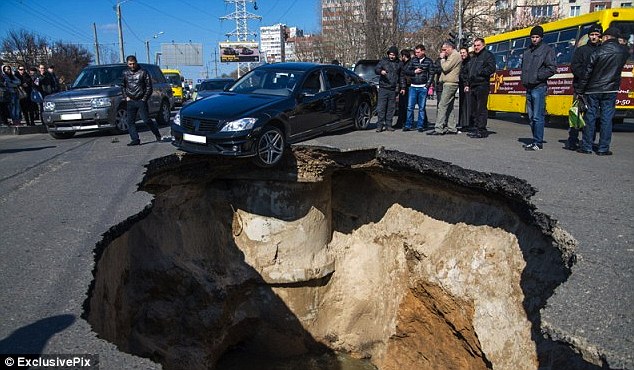A major milestone at Klokova tunnel has been reached on June 23rd, as part of IONIA Odos Motorway overall progress, with the breakthrough of the twin tunnel right branch (length: 2,900m approximately).
TERNA S.A. engineers tunneled through the final few meters connecting the two segments of the right branch on Thursday afternoon (23/06/2016), after less than 2-years since mobilisation which is considered a major achievement taking into account the difficulties met at several areas.
Geosysta Ltd, as part of the design team of the Austrian iC Consulenten ZT GesmbH, are responsible for the primary and final support of the Klokova tunnel, were invited to eye witness the breakthrough and be part of this milestone achievement.
We just couldn’t miss that…!
Initially, the rockmass was loosened with the use of explosives and afterwards, with the simultaneous use of two hydraulic hammers, TERNA people managed to bring down the final thin layer of bedrock standing between the two tunnel sides.


Watch the moment of the breakthrough from two different angles below.



IONIA ODOS
IONIA ODOS will be connecting the entire Western Greece starting at Ioannina and following the western coastline of mainland Greece down to the Gulf of Corinth. At Rio, it crosses the gulf via the Rio-Antirrio Bridge. The new motorway is currently under construction and includes:
- 196 km of a new, modern and high-standards motorway
- 4 bidirectional tunnels of a total length of 11,2 km
- 24 bridges of a total length of 7 km
- 77 underpasses and 24 overpasses
KLOKOVA TUNNELS
Klokova tunnel is located in the south-west of Aitolia- Akarnania region in Greece and, more specifically, at a distance of about 7km from the Rio-Antirrio Bridge. The current national highway alignment runs along the south outskirts of Klokova mountain.


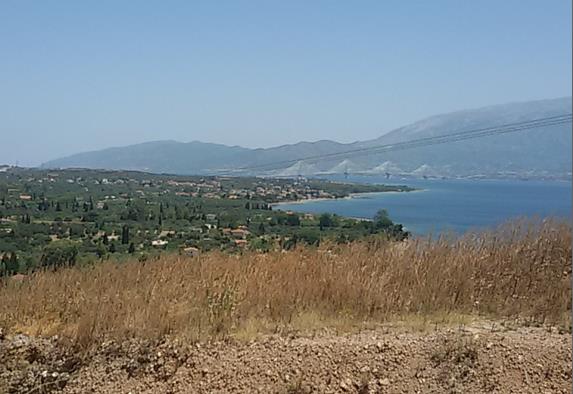
Klokova tunnel project consists of a twin tunnel with an approximate length of 2,900m (RHT 2,913m and LHT 2,894m). The two horseshoe shaped tunnels are of an internal radius of 5.5m and a maximum width of 11.0m accommodating 2 traffic lanes of 3.75 and 3.5m, respectively. The maximum overburden height reaches 535m, approximately. Klokova tunnel is the longest one out of the four IONIA Odos tunnels (the other three tunnels are the Makinia, Ampelia and Kalidona ones).



Each tunnel section is being excavated in two stages. The upper semi-section is excavated first and then the excavation of the lower section follows. At the areas where poor quality rockmass is encountered the solution of invert at the bottom of the tunnel is implemented.
The excavation progresses with the use of explosives and hard ripping techniques are adopted at the areas where poor quality rockmass is encountered. Primary support follows the principles of the NATM.

Geosysta personnel are feeling proud of having participated in the majority of the design’s geotechnical aspects of this major infrastructure project.

Being on site during these very moments when our design comes into “life” is priceless to us.

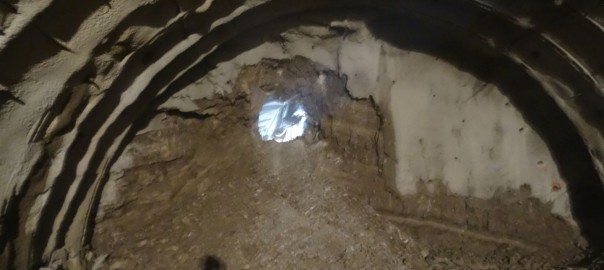







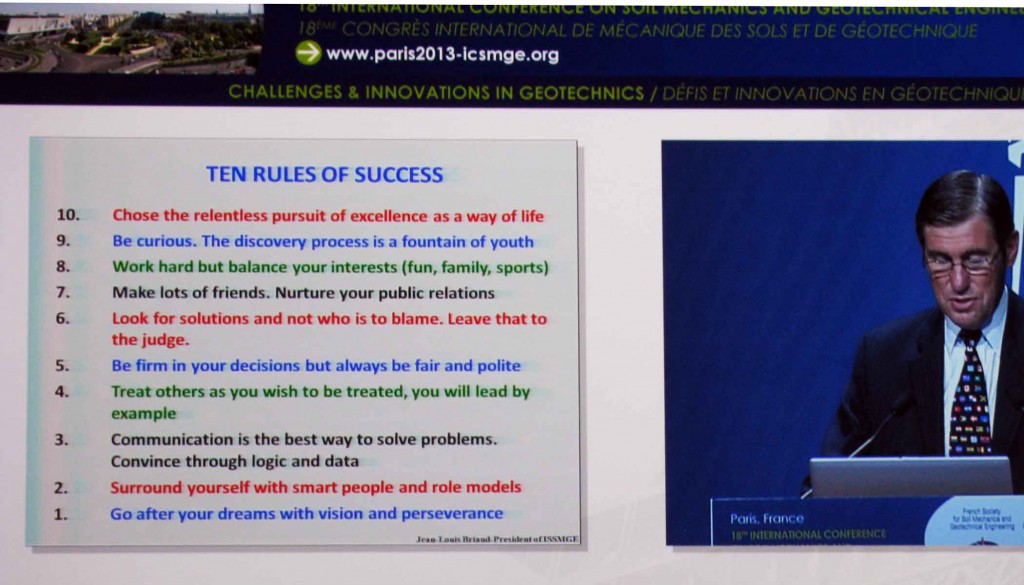
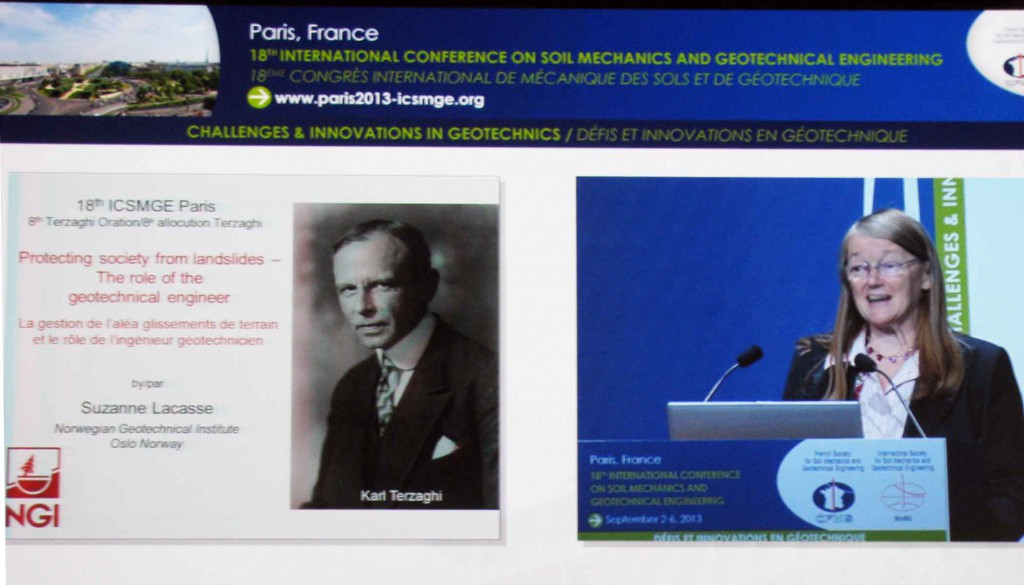

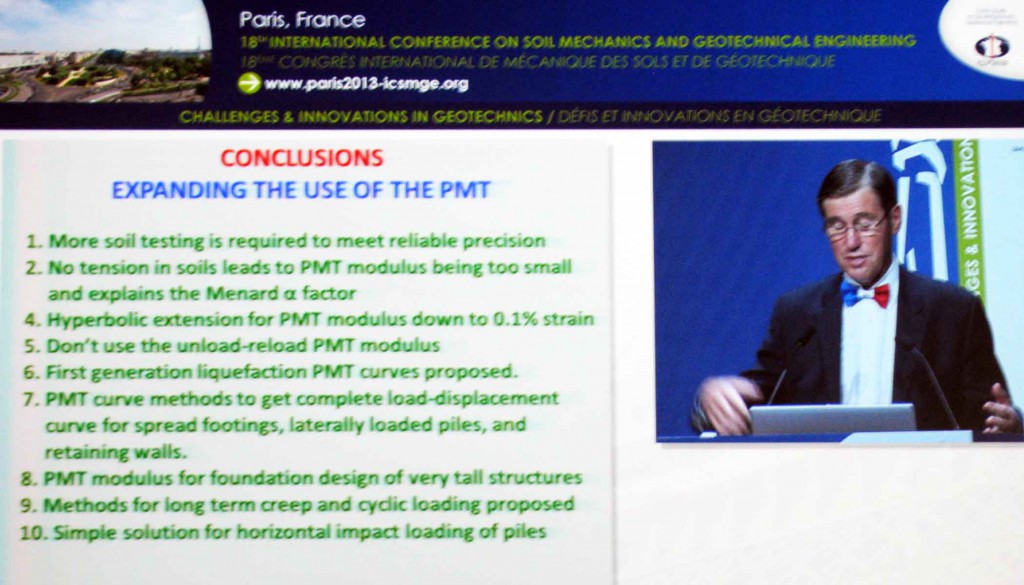
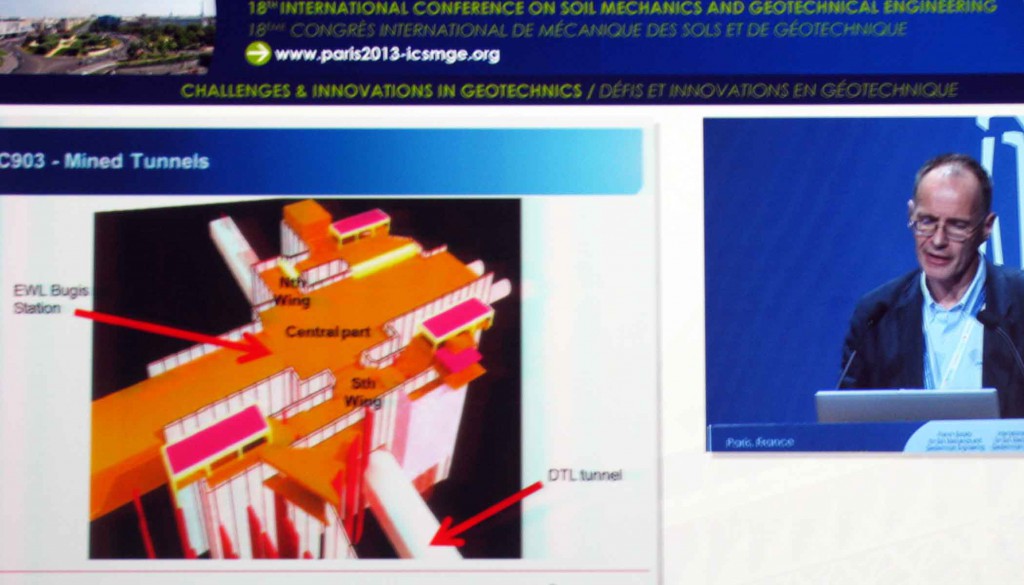
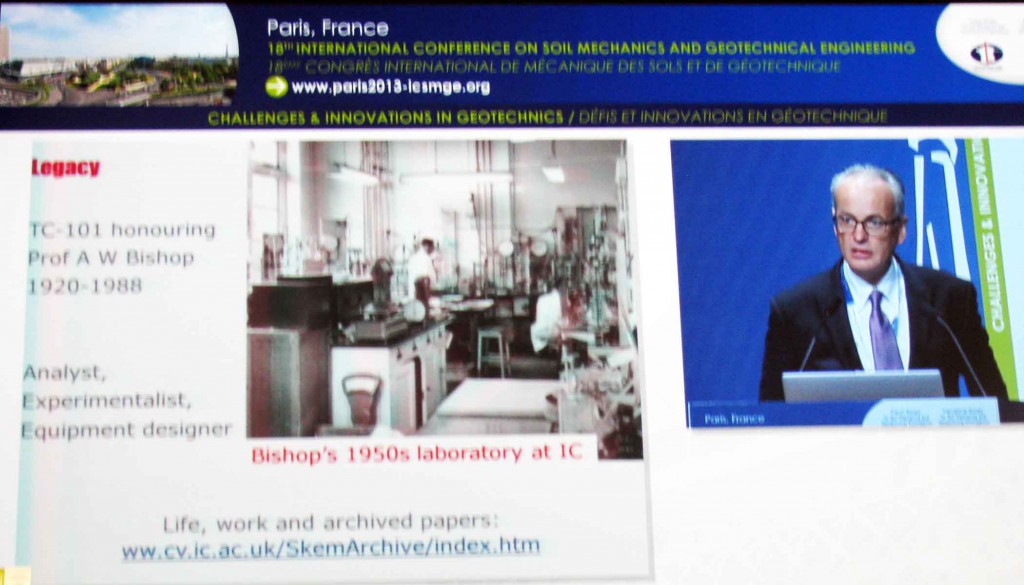

 The Arkitsa fault is considered by geologists to be active even though its historic activity has not been recorded. For this reason the Department of Geology of University of Patras (Greece), with
The Arkitsa fault is considered by geologists to be active even though its historic activity has not been recorded. For this reason the Department of Geology of University of Patras (Greece), with 